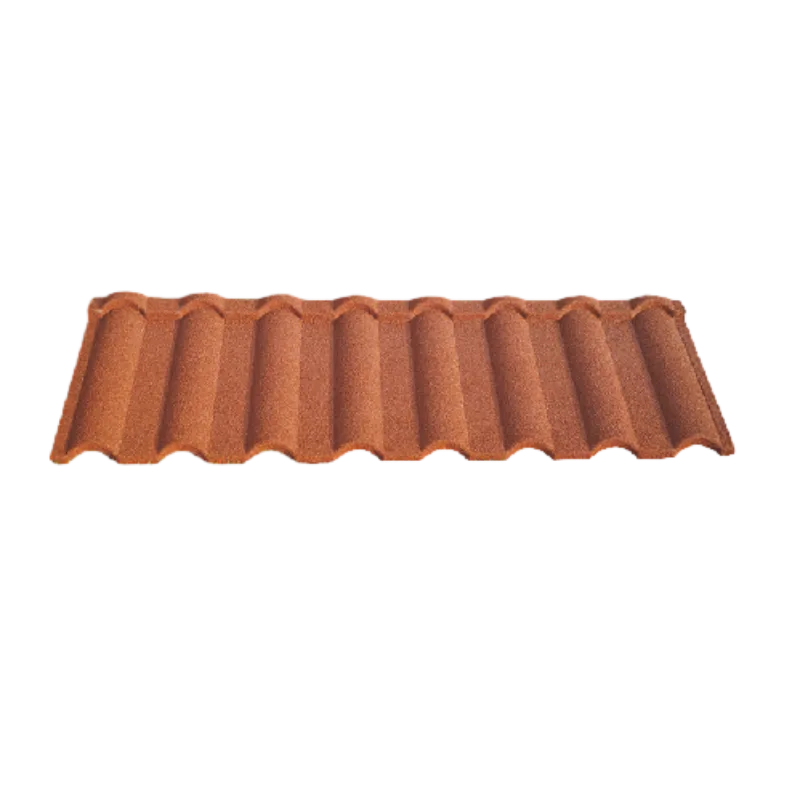
9-р сар . 25, 2024 13:06 Back to list
Tile Roof Flashing Solutions for Metal Integration and Protection
Understanding Tile to Metal Roof Flashing An Essential Component for Roofing Projects
When it comes to roofing systems, ensuring proper water drainage and preventing leaks are of paramount importance. One critical aspect of this is the flashing, particularly when transitioning from tile roofing to metal roofing. Tile to metal roof flashing serves as a vital component in maintaining the integrity and durability of a roofing structure.
What is Roof Flashing?
Roof flashing refers to thin pieces of impervious material, typically made of metal, that are installed at joints and intersections in a roofing system. Their primary purpose is to direct water away from these vulnerable areas, thereby preventing leaks and water damage. When transitioning from one roofing material to another, such as from tile to metal, proper flashing becomes even more essential to ensure seamless integration and waterproofing.
The Importance of Tile to Metal Roof Flashing
1. Waterproofing The main purpose of flashing is to direct water away from critical areas and prevent it from entering the building. Tile roofs have distinctive slopes and shapes, which can lead to unique water drainage challenges. Properly installed flashing helps to eliminate these issues and ensures that water flows away from the transition area.
2. Structural Protection Water infiltration can lead to structural damage over time, causing expensive repairs and potentially compromising the safety of the building. Flashing acts as a protective barrier, ensuring that the underlying structures remain dry and intact.
tile to metal roof flashing

3. Aesthetic Integration Tile and metal roofing systems have different visual characteristics. A well-designed flashing solution can help create a visually appealing transition between these two materials. It can enhance the overall curb appeal of a home while maintaining functionality.
4. Longevity of Roofing Systems By using high-quality flashing materials and installation techniques, homeowners can extend the life of both their tile and metal roofs. Proper flashing reduces the risk of costly maintenance and prolongs the overall lifespan of the roofing system.
Installation Considerations
The installation of tile to metal roof flashing should always be conducted by experienced roofing professionals. There are various types of flashing materials, including aluminum, copper, and galvanized steel. The choice of material depends on factors such as climate conditions, aesthetic preferences, and compatibility with existing roofing materials.
Moreover, the installation process involves carefully sealing all joints and overlaps to prevent water seepage. Attention must be given to the correct pitch and alignment of the flashing to ensure efficient water drainage. Ensuring that there are no gaps or misalignments will significantly reduce the risk of leaks.
Conclusion
In summary, tile to metal roof flashing is an essential component of roofing systems, particularly when transitioning from one material to another. Its importance cannot be overstated, as it plays a crucial role in waterproofing, protecting structural integrity, enhancing aesthetics, and prolonging the life of the roof. Homeowners should invest in quality materials and professional installation to ensure their roofing system is both functional and visually appealing. By understanding the significance of flashing, property owners can make informed decisions that protect their homes for years to come.
-
Small Clay Roof Tiles for Durable & Stylish Roofing Red & Custom Options Available
NewsJun.24,2025
-
Lifetime Roof Shingles – Durable Roofing Solutions for Decades
NewsJun.10,2025
-
Top Roofing Shingles Types Compare Different Types of Architectural Roofing Shingles for Your Home
NewsJun.10,2025
-
Affordable Asphalt Shingle Roll Durable & Easy Flat Roof Solution
NewsJun.09,2025
-
Metal Asphalt Look Roofing Durable Shingle-Style Options
NewsJun.09,2025
-
Premium Clay Valley Roof Tiles Durable & Eco-Friendly
NewsJun.09,2025







